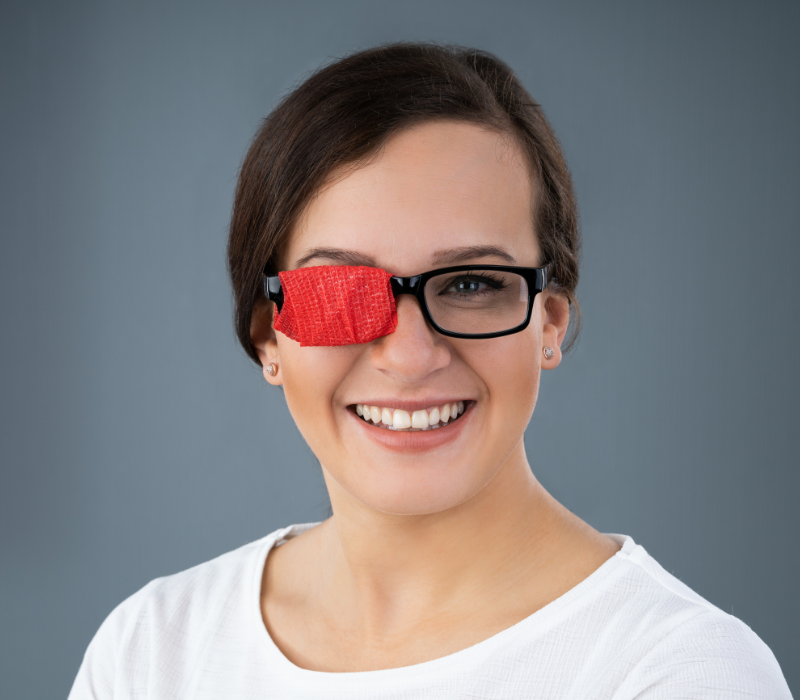Lazy eye, also known as amblyopia, is a common vision condition that affects millions of people worldwide. It occurs when one eye has significantly reduced visual acuity compared to the other, even with the use of prescription lenses. In this blog post, we will delve into the meaning of lazy eye, explore its common causes, and discuss the available treatment options.
What Is a Lazy Eye?
Lazy eye, or amblyopia, is a condition that impairs the normal development of vision during childhood. It typically occurs when there is a significant difference in vision quality between the two eyes. As a result, the brain may rely more on the eye with better vision and ignore the signals from the weaker eye, leading to poor visual acuity in the affected eye.
Common Causes of Lazy Eye
- Strabismus: Strabismus, also known as crossed eyes, is a condition where the eyes are misaligned and do not point in the same direction. The misalignment can lead to the brain favoring one eye over the other, causing lazy eye.
- Refractive errors: Uncorrected nearsightedness, farsightedness, or astigmatism can contribute to the development of lazy eye. When one eye has a significantly higher refractive error than the other, the brain may suppress the visual signals from the eye with the higher error, resulting in amblyopia.
- Eye blockage: In some cases, a physical obstruction or blockage in the eye, such as a cataract, can prevent clear visual input from reaching the retina. If left untreated during the critical period of visual development, this can lead to the development of lazy eye.
Treatment Options for Lazy Eye
- Prescription Glasses or Contact Lenses: Corrective lenses can help address refractive errors, ensuring that both eyes receive clear visual input. By correcting the imbalance in vision quality, glasses or contact lenses encourage the brain to process signals from both eyes equally.
- Eye Patches: In cases where amblyopia is caused by strabismus or a significant refractive error, wearing an eye patch over the stronger eye can help stimulate the weaker eye. This forces the brain to rely on the weaker eye, gradually improving its visual acuity.
- Vision Therapy: Vision therapy involves a series of eye exercises and activities designed to improve visual skills and strengthen the weaker eye. This therapy aims to enhance eye coordination, focusing abilities, and depth perception.
- Surgery: In some instances, surgery may be necessary to correct misaligned eyes or remove blockages that hinder visual development. Eye muscle surgery can help realign the eyes, allowing them to work together effectively.
Conclusion
Lazy eye, or amblyopia, is a vision condition that requires early detection and appropriate treatment to prevent long-term visual impairment. Understanding the common causes, such as strabismus and refractive errors, can aid in recognizing the condition and seeking prompt treatment. With the available treatment options, including prescription glasses, eye patches, vision therapy, and surgery, it is possible to improve the vision of the affected eye and restore binocular vision.
If you suspect that you or your child may have a lazy eye, it is crucial to consult an eye care professional for a comprehensive examination. Early intervention and appropriate treatment can significantly increase the chances of a successful outcome and optimal visual development. Remember, your eyesight is precious, and taking proactive steps to address vision issues is a vital investment in your overall well-being.

